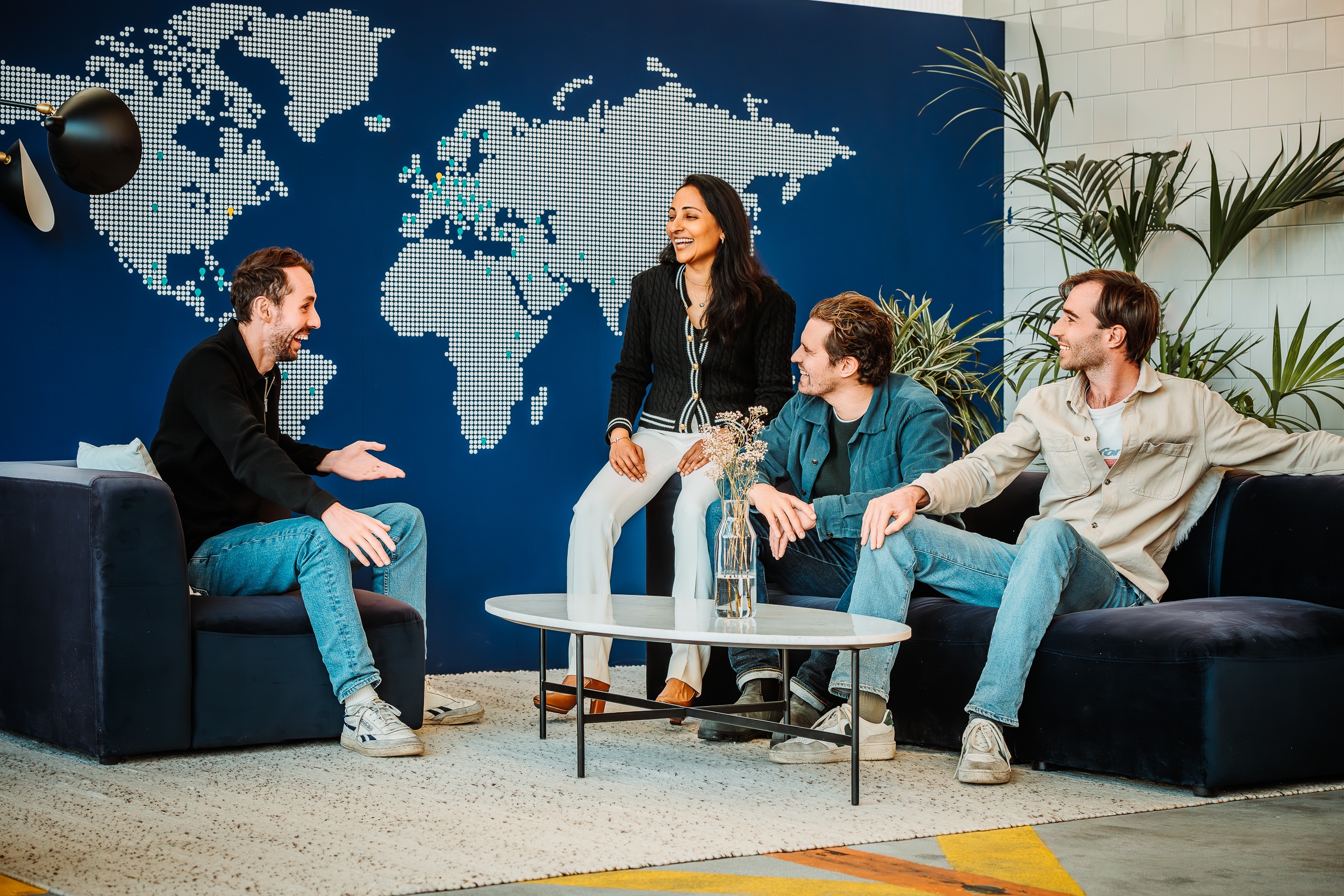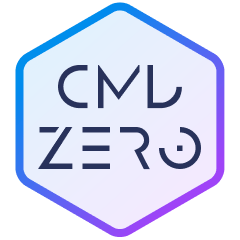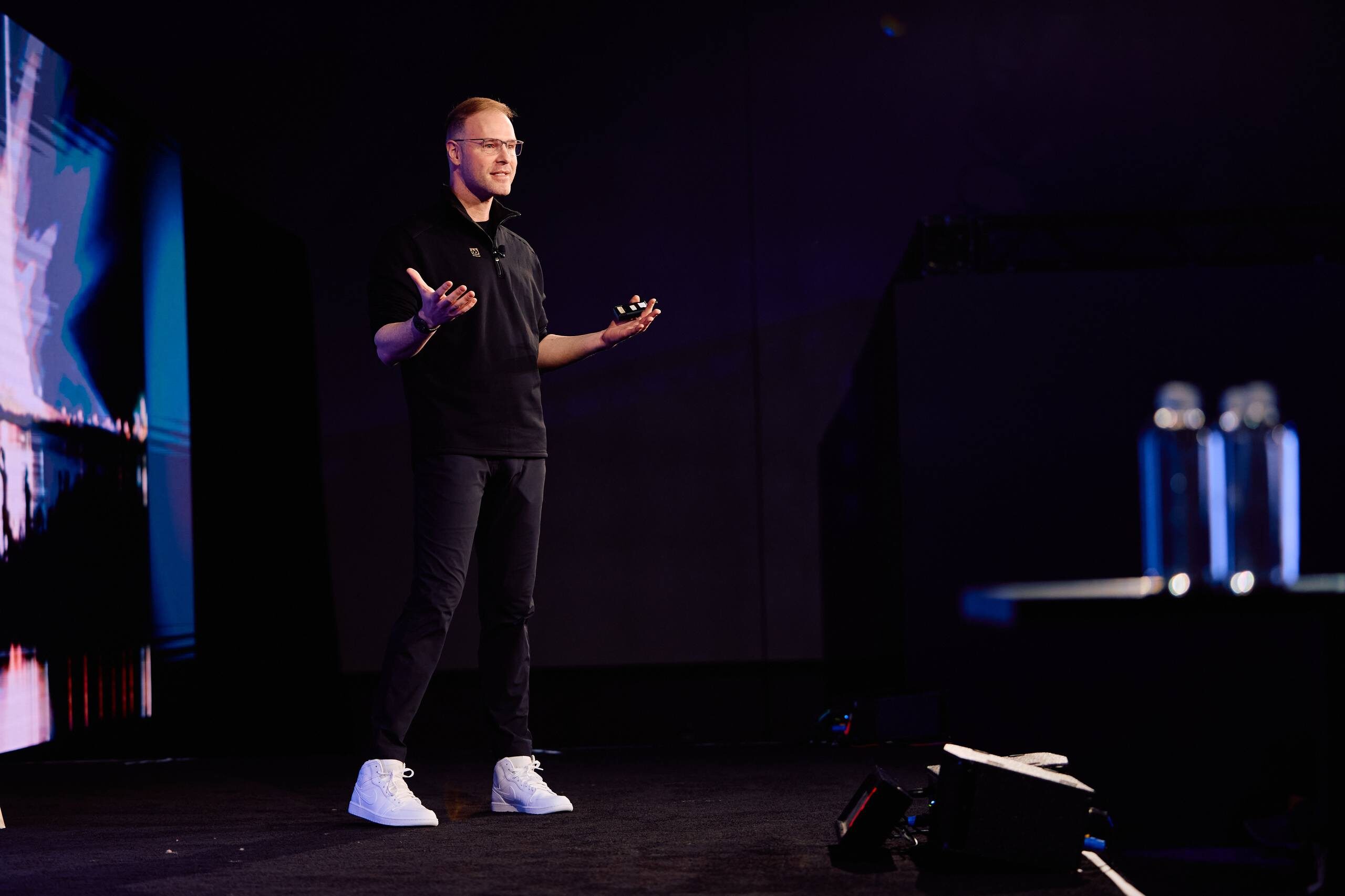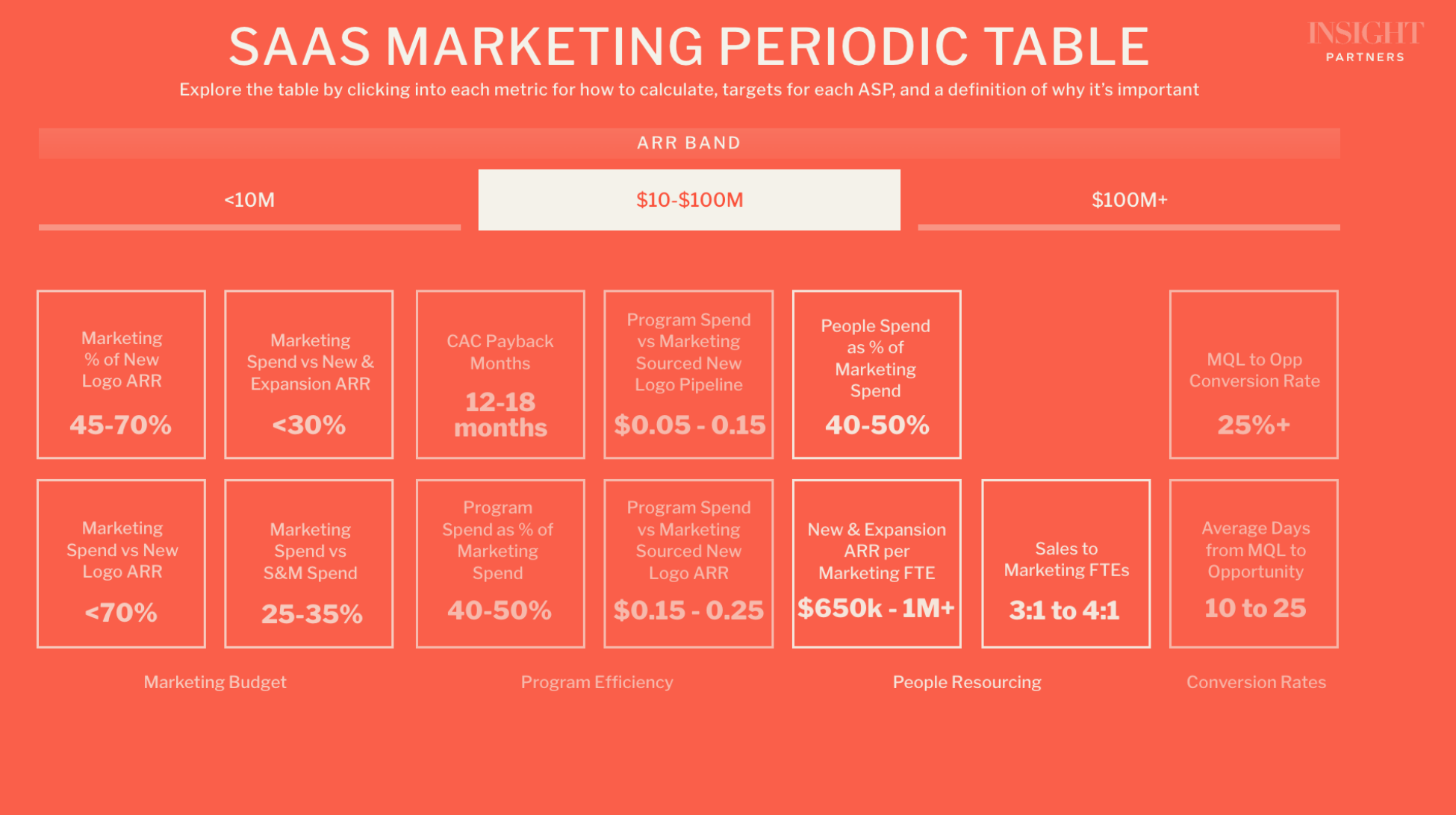How Lukas Biewald grew Weights & Biases from a side project to the AI revolution’s must-use service
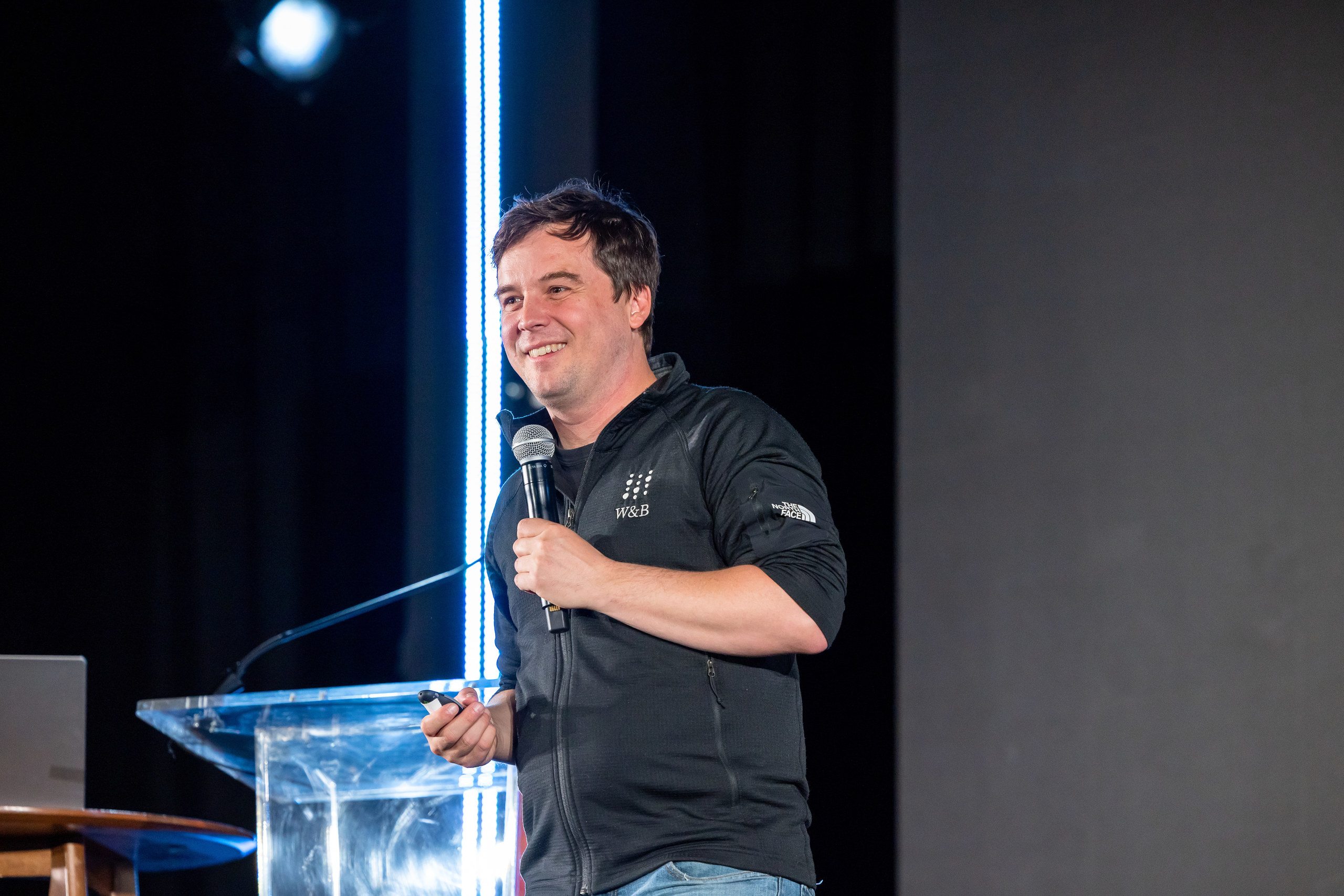
As a child, Lukas Biewald used to devour NOVA’s science documentaries when they were broadcast on PBS. The technology that excited and captivated the young Biewald the most? Artificial intelligence.
“The idea that computers could learn to do things on their own just seemed amazing to me,” he says. “It always kind of felt like humanity’s last project.”
That early inspiration would end up shaping Biewald’s professional arc, planting the seed that ultimately led him to launch Weights & Biases, an AI developer platform that’s now beloved by hundreds of thousands of data scientists throughout the world.
Throughout his teenage years, Biewald continued to fuel his excitement about the potential of AI and devoted himself to math and science in school. He eventually went to Stanford University, joined its AI lab, and earned a master’s degree in computer science under legendary researcher Daphne Koller.
But while at Stanford, he realized just how far from reality the AI-powered technologies he’d dreamed about as a child still remained.
“I had this hard lesson: Almost nothing actually worked in practice,” he recalls.
He remembers feeling crushed by the results of DARPA’s driverless car competition, which challenged entrants to autonomously navigate 150 miles. No robot vehicle even came close.
“I thought, ‘Wow, there’s not really many applications, outside of stock picking and ad ranking, that really work using AI,’” he says.
After graduation, he joined Yahoo as an engineer, working on machine translations to improve search results, and started becoming fixated on one of the foundational components of AI systems: well-labeled data.
Unsexy but crucial AI
To create a functional AI system, you need to train it on gobs of data. But for the models to understand that data, it first needs to be accurately labeled.
Precise and error-free data labeling is an unsexy but deeply important part of building artificial intelligence, and Biewald saw an opportunity to make the process more efficient.
People labeled data slowly, but automated systems often made ruinous mistakes, so he launched CrowdFlower in 2007 to combine the two into a human-in-the-loop data labeling platform.
Biewald ran the company for more than a decade, rebranding it as Figure Eight and selling it to Appen in March 2019 for $300M. Figure Eight had become an institution in the machine learning sector, hosting regular conferences where the leaders of AI would congregate. But he equates that time to running a marathon where you start out too fast. “We landed early adopters of AI very quickly, like eBay and Google,” he says. “But there weren’t a lot more places to go.”
Building “something that people use and like” at OpenAI
In the final few years that Biewald ran Figure Eight, big strides had happened in artificial intelligence.
“Suddenly, all this stuff was kind of starting to work,” he says. The dream-like visions spurred by those childhood documentaries started to come back into focus for him. “I got really excited about building a company that would help behind the scenes in making stuff reliable,” he says.
“I got really excited about building a company that would help behind the scenes in making stuff reliable”
The next logical step would be to start building. Instead, he called up OpenAI, which at the time was transitioning from a non-profit research lab, and asked for an unpaid internship.
“I was starting to feel like I was a bit out of date and a little less technical,” he says.
He also started teaching online classes about machine learning to force himself to re-learn the material he needed to stay at the cutting edge of AI. (The classes also helped Biewald pay his way: He was thinking about buying a house in San Francisco and having a child, neither of which are cheap.)
Both the internship and the classes helped Biewald in different ways.
The classes highlighted the points of friction machine learning programmers faced when trying to tackle deep learning.
“Watching 100 people in a room – really smart people – struggle with this stuff was eye-opening,” he says. “Like, ‘Wow, this is actually really hard.”
And the internship at OpenAI, where he was assigned to a robotics project, helped him understand the issues AI developers faced when creating and adjusting models.
Biewald started building a machine learning operations tool to solve these issues, and would bring prototypes to a bar in San Francisco’s Mission district where the OpenAI team met to tinker every Wednesday night.
“What I really like to do is just build something people use and like,” Biewald explains. “I was making it for my friends, and I really cared a lot, so I would show it to them.”
While the OpenAI team wasn’t initially interested in using his tool, it began catching on. Eventually, its popularity grew to the point that employees started complaining about issues and bugs – which Biewald would quickly fix.
Weights & Biases is born
Biewald’s tool aimed to make life easier for machine learning practitioners like his friends at OpenAI.
He’d realized through his internship and classes that AI systems require a completely new style of coding, which meant that developers needed a different model of software and best practices to be successful.
In 2018, alongside his CrowdFlower co-founder Chris Van Pelt and Google engineer Shawn Lewis, Biewald founded Weights & Biases. They developed their first product – Experiment Tracking– in an Airbnb they rented to host a hack day.
The tool did something simple but revolutionary for AI developers struggling to stress-test and check their models: It showed them exactly how those models worked.
The Weights & Biases founding team made what many would see as a rookie mistake, but which paid off in the long run. They almost singularly developed their product to meet the needs of one customer.
“We felt a little insecure,” Biewald says. The startup was hostage to fortune based on OpenAI’s success.
But it paid off, in large part because OpenAI was operating on such a large scale – and at a more advanced level – than everyone else in the market at the time. That meant that when competitors caught up, Weights & Biases was ready to serve them. The company now counts Meta, Samsung, and Spotify among its customers.
For years, Biewald continued teaching his AI class while building Weights & Biases. It helped him appreciate what programmers at both ends of the market would need from his tools, from beginners to advanced users, like W&B’s corporate customers.
“I started to use it myself more and more in the classes,” he says. “I really felt the customer pains so deeply.”
The uniting desire with both beginners and enterprise clients? They “both want things to be clear and simple,” according to Biewald. “There is more overlap there than you might think.”
Scale up your career: See all open roles at Weights & Biases on the Insight Partners job board.
The investor POV
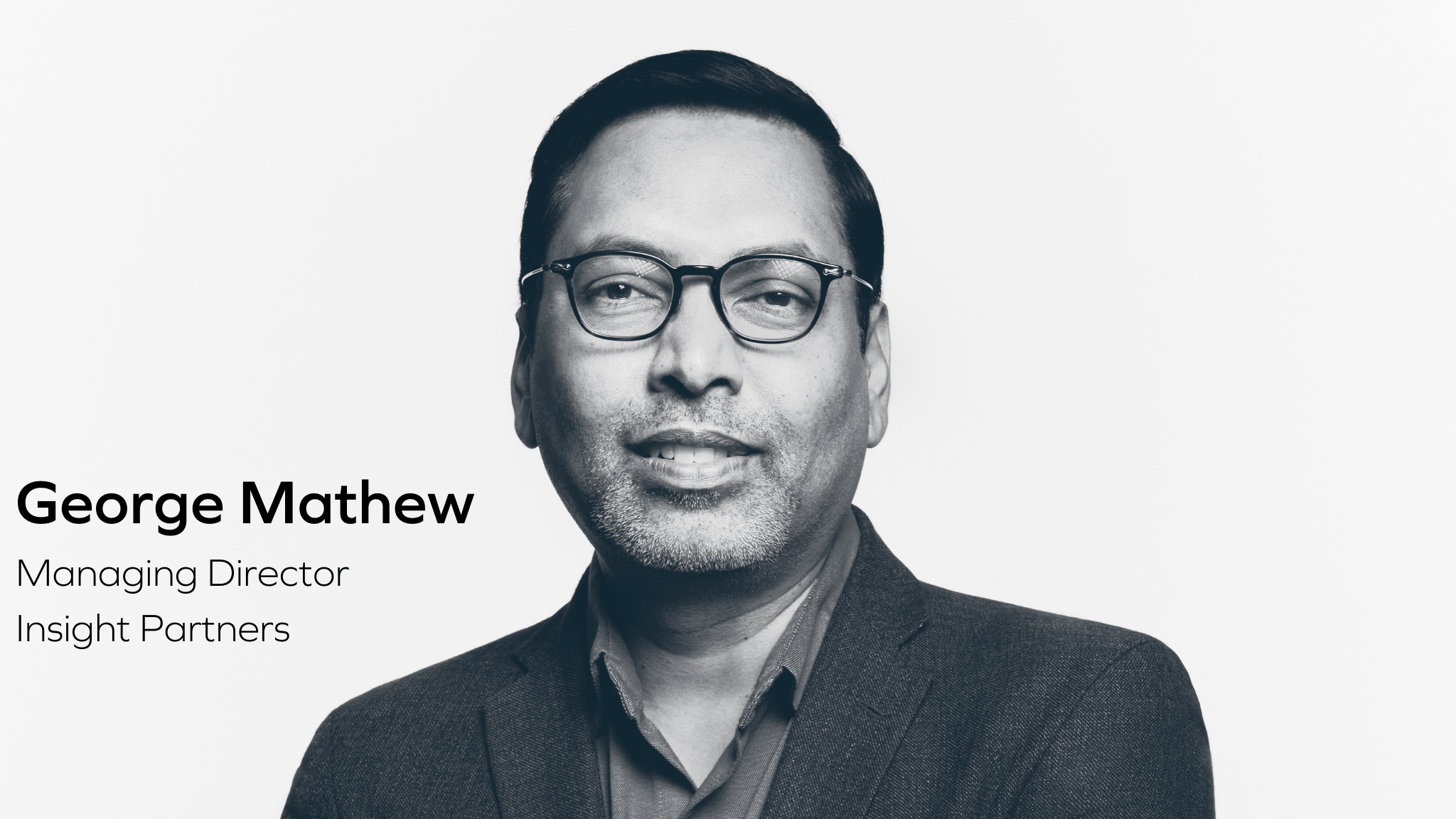
“Why aren’t there better product experiences for machine learning practitioners?”
The company began getting noticed. Unlike with CrowdFlower – where Biewald would pitch 100 investors, 99 would say no, and one would say maybe – he was now facing inbound requests.
“We just kind of hit it off,” says George Mathew, managing director at Insight Partners. “I think that he – as a boundary builder – saw his path, and I – as someone who scaled data and analytics companies – saw mine.”
Mathew and Biewald had met before. The former had spoken at conferences organized by Biewald during his time at CrowdFlower.
Mathew also had extensive knowledge of the frustrations that machine learning developers felt when building their products – frustrations that Biewald had built his company to solve.
“Why aren’t there better tools? Why aren’t there better product experiences really targeted at machine learning practitioners? And what I found was that most of the software experiences were not that terribly delightful, to be frank,” Mathew says. That was until Weights & Biases appeared.
“It was kind of the first company, product, founder, and team that I saw that was really targeting the developer persona with a delightful experience,” he says. Insight Partners led a $45 million Series B round for the company in February 2021.
From one customer to 700+
The funding and support from Insight Partners has helped Weights & Biases grow enormously.
Before its Series B, the company was mostly engineers, but started adding roles in finance, R&D, and sales – alongside managers to help grow the business sustainably. Biewald, meanwhile, had to stop taking shifts on the company’s customer service chatbot (which he admits he misses).
“That’s the moment we flipped from being a startup project to a scaling, growing company,” says Biewald.
“We flipped from being a startup project to a scaling, growing company.”
Since Insight’s investment, the company’s ARR has increased 20x.
“Anyone who’s building their models for scale and deployment is using Weights & Biases as a de facto tool,” says Mathew.
And that loyalty is likely to grow as the company meets the shifting demands of its customer base. The firm recently announced it was supporting large language model (LLM) application development, recognizing the outsized role it currently has in the AI revolution.
“The surface area of Weights & Biases is going from a targeted product that really handles the core of how machine learning practitioners build their models, to a platform that serves the entire lifecycle of machine learning,” says Mathew. “At scale.”
And Biewald is committed to following his north star of listening to customers and adapting to their evolving needs.
“I really do want to make stuff that people use and like,” he says. “That sustains me.” He calls picking a target market that you like and admire an “underrated way to do business.”
“I think it’s wise as a CEO to start with a group that you actually like, because you have to spend time with your customers,” he says. “So pick ones whose company you enjoy, that you want to get a beer with. Because if you have a connection with the customers, you can learn a lot more from them.”
Interviewed by Chris Stokel-Walker for Insight Partners.



